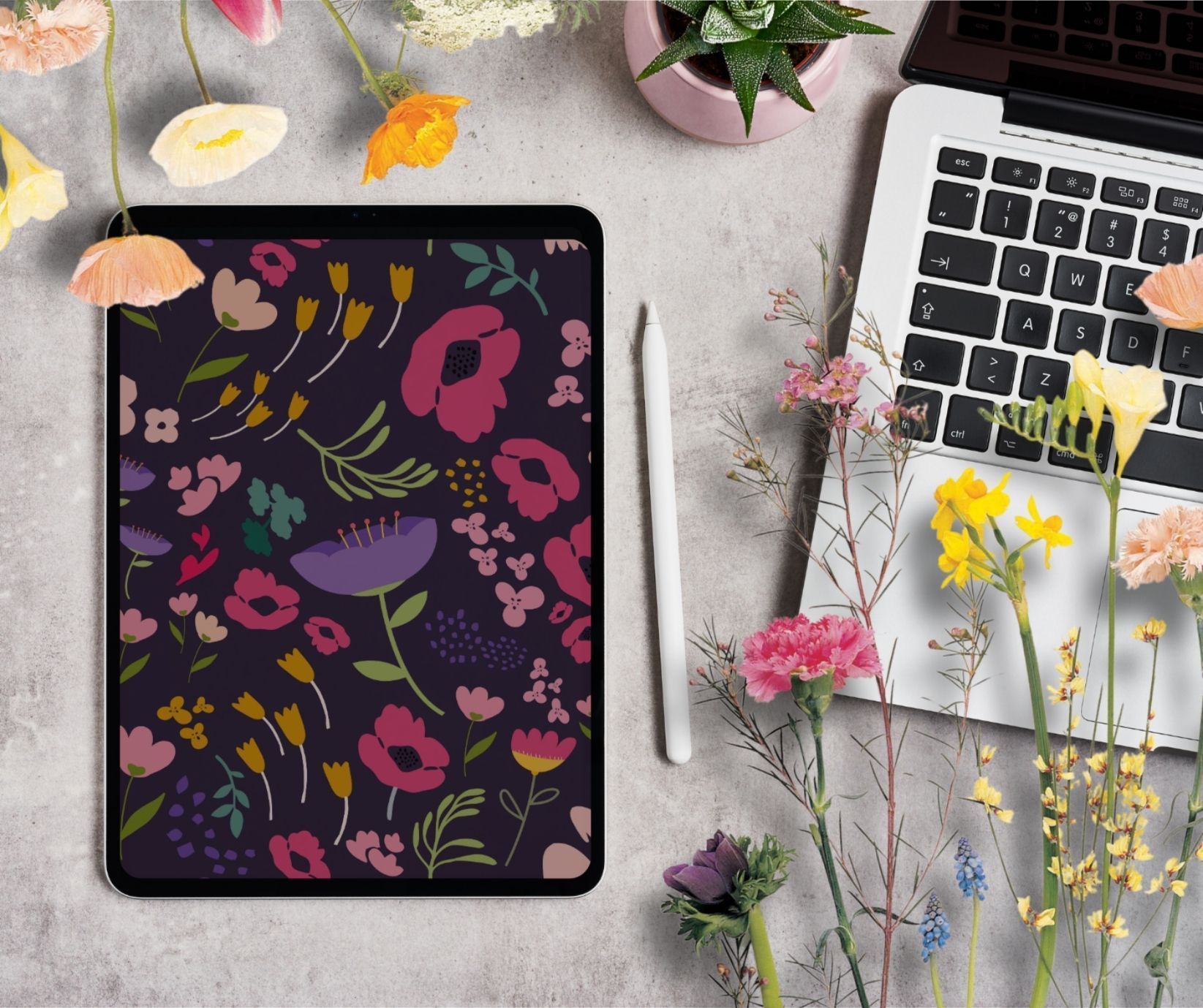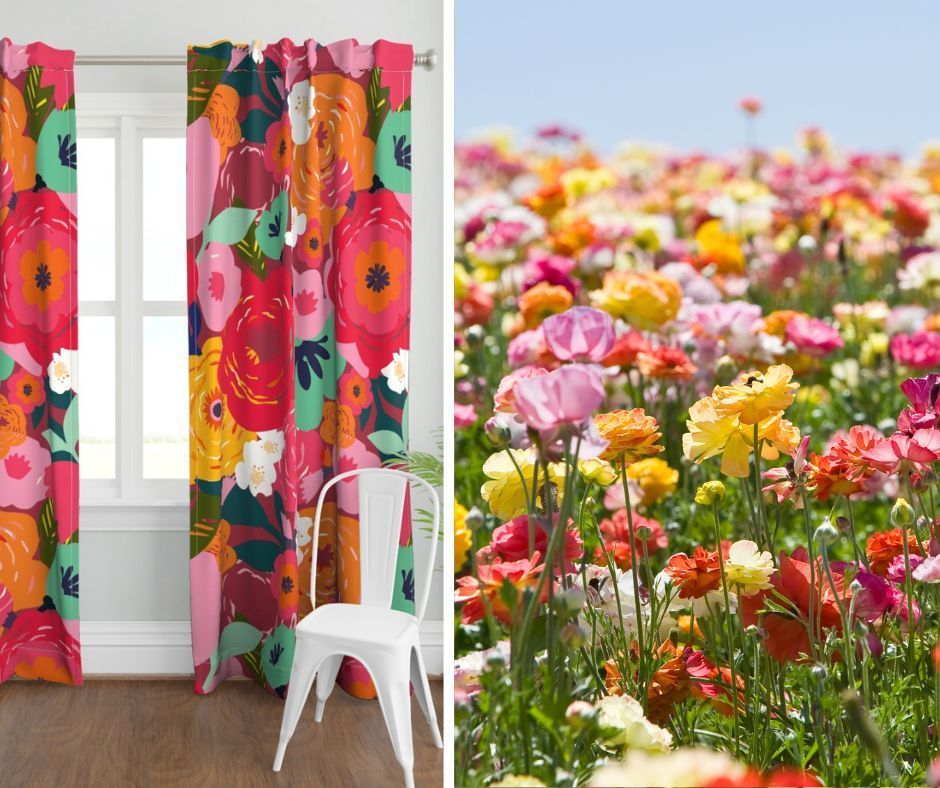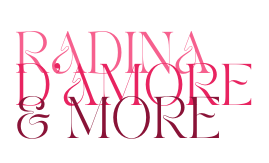Steps for Creating a Successful Pattern Design
Hey there!
If you're reading this, you probably love beautiful designs and want to learn more about creating unique patterns. Whether you're a total beginner or already experimenting with digital motifs, I’m here to share some essential steps that will help you design successful patterns.

Designing a pattern is both an art and a process. While every designer develops their own workflow, there are some essential steps that can help you go from idea to a professional, seamless pattern that’s ready to be used on products and surfaces.
Whether you’re a beginner or an experienced creative, here are the 7 key steps for creating a successful pattern design.
1. Find Inspiration & Build Your Concept
Every great pattern starts with inspiration. It can come from anywhere – the petals of a flower, the layout of tiles on a wall, or even the texture of your favorite coffee mug.
> Sources of inspiration:
- Nature (flowers, leaves, landscapes)
- Fashion and textiles (seasonal trends, runway looks)
- Interior design (tiles, wallpapers, furniture fabrics)
- Everyday life (doodles, objects, textures you encounter daily)
Tip: Keep a visual library by snapping photos, collecting color swatches, or creating moodboards on Pinterest.
Before you start sketching, ask yourself:
- What is the theme of my design? (floral, geometric, abstract, playful, elegant…)
- What mood do I want to convey? (soft & cozy, bold & energetic…)
- Where will this pattern be applied – fabrics, wallpapers, stationery, packaging?
2. Sketching & Composition
Now it’s time to bring your ideas to life on paper or tablet. Don’t worry if your drawings aren’t “perfect” – patterns can grow from the simplest of shapes.
> Tools you can use:
- Traditional: pencil, sketchbook, watercolors, markers
- Digital: Procreate, Adobe Illustrator, Affinity Designer
While sketching, consider composition and balance:
- Do you want a dense, busy layout or a minimal, airy look?
- Should the elements be symmetric or more organic and free-flowing?
Pro Tip: Try creating several quick variations of the same idea before deciding on one final direction.
3. Choosing a Color Palette
Colors can completely change the mood of a pattern. A floral motif in pastel tones feels delicate and cozy, while the same motif in bold neons feels playful and modern.
Ways to build color palettes:
- Use tools like Coolors, Adobe Color, or Design Seeds
- Extract palettes from photos you love (e.g. a beach sunset or a bouquet of flowers)
- Create seasonal palettes (spring pastels, autumn earthy tones, etc.)
! Always test how your colors look together in both light and dark backgrounds. This makes your pattern versatile for multiple applications.
4. Creating a Seamless Pattern
This is where the magic happens: turning motifs into a
seamless repeat.
A seamless pattern is one that tiles infinitely without visible edges or gaps.
Tips for building seamless repeats:
- In Illustrator/Photoshop: use the Offset filter or the Pattern Preview mode
- Work with guides to align elements correctly
- Always zoom out to check how the repeat feels as a whole
Pro Tip: Save different repeat types (full drop, half drop, mirrored) – they can give your pattern a completely different look.
5. Testing & Refining
A successful pattern is one that works in multiple contexts. Once your repeat is done:
- Test it in different scales – tiny on stationery, large on fabric
- Try color variations – monochrome vs. multicolor
- Place it on mockups (pillows, dresses, wallpaper) to visualize how it works in real life
Sometimes a tiny adjustment – like changing spacing or simplifying shapes – can make your design much stronger.
6. Saving & Preparing Files
Your final design needs to be saved in the right formats and resolutions depending on its use.
- For print: 300 dpi, usually TIFF, PSD, or high-resolution JPG/PNG
-
For vector use: AI, EPS, or SVG
-
For online previews: smaller JPGs or watermarked images
Organize your files clearly – clients and print-on-demand platforms will appreciate neat, professional packaging of your work.
7. Applying & Monetizing Your Patterns
Pattern design doesn’t have to stay in your sketchbook – it can become a career or side income.
> Ways to monetize patterns:
- Sell on print-on-demand platforms (Spoonflower, Society6, Redbubble)
- License your designs to brands (fashion, home décor, stationery)
- Sell digital assets on Creative Market, Etsy, Design Bundles
- Use patterns on your own products (fabrics, clothing, accessories)
Final Thoughts
Pattern design is not just about decoration – it’s about storytelling through rhythm, color, and form. With the right process, you can take an idea from a simple sketch to a polished design that lives on products worldwide.
Ready to create your first pattern?
Stay tuned for my upcoming tutorials where I’ll guide you step by step through each stage. And if you’re already experimenting – share your creations with me, I’d love to see them!






